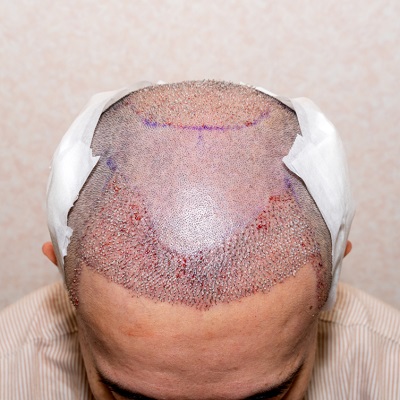
What Are the Risks Associated with Hair Transplant in Islamabad?
Hair transplant procedures, while generally safe and effective, do carry certain risks and potential complications. It's crucial for individuals considering a Hair Transplant in Islamabad or anywhere else to be aware of these risks. Here are some common risks associated with hair transplant procedures:
Infection: Like any surgical procedure, there is a risk of infection at the surgical sites. Proper sterilization techniques, antibiotics, and post-operative care help minimize this risk.
Bleeding: Some bleeding may occur during and after the procedure. Surgeons use techniques such as proper wound closure and pressure dressings to control bleeding.
Scarring: Both Follicular Unit Extraction (FUE) and Follicular Unit Transplantation (FUT) techniques can result in scarring. FUT leaves a linear scar in the donor area, while FUE leaves tiny dot-like scars. Skilled surgeons minimize scarring, and in most cases, they are easily concealable.
Swelling: Swelling of the scalp and forehead can occur post-operatively, especially in the first few days after the procedure. This is usually temporary and resolves on its own.
Numbness or Tingling: Some individuals may experience temporary numbness or tingling in the scalp, which usually resolves as the healing process progresses.
Shock Loss: This refers to temporary shedding of existing hair near the transplant sites. It is a normal part of the hair growth cycle and often resolves as new hair starts to grow.
Unnatural-Looking Results: Improper hairline design or placement of grafts can result in unnatural-looking results. Choosing an experienced and skilled surgeon helps minimize this risk.
Delayed Healing: In some cases, the healing process may be delayed, leading to prolonged recovery times. Following post-operative care instructions diligently can help promote faster healing.
Allergic Reaction: While rare, some individuals may experience an allergic reaction to medications used during the procedure. It's important to inform your surgeon about any known allergies beforehand.
Poor Growth or Graft Failure: There is a risk of poor growth or graft failure, where transplanted hair follicles do not thrive in the recipient area. Factors such as graft quality, surgical technique, and post-operative care influence the success of graft survival.
Overall, the risks associated with hair transplant procedures are relatively low when performed by experienced surgeons in accredited clinics. It's essential to have a thorough consultation, understand the procedure, and follow pre-operative and post-operative instructions for a safe and successful hair transplant experience.